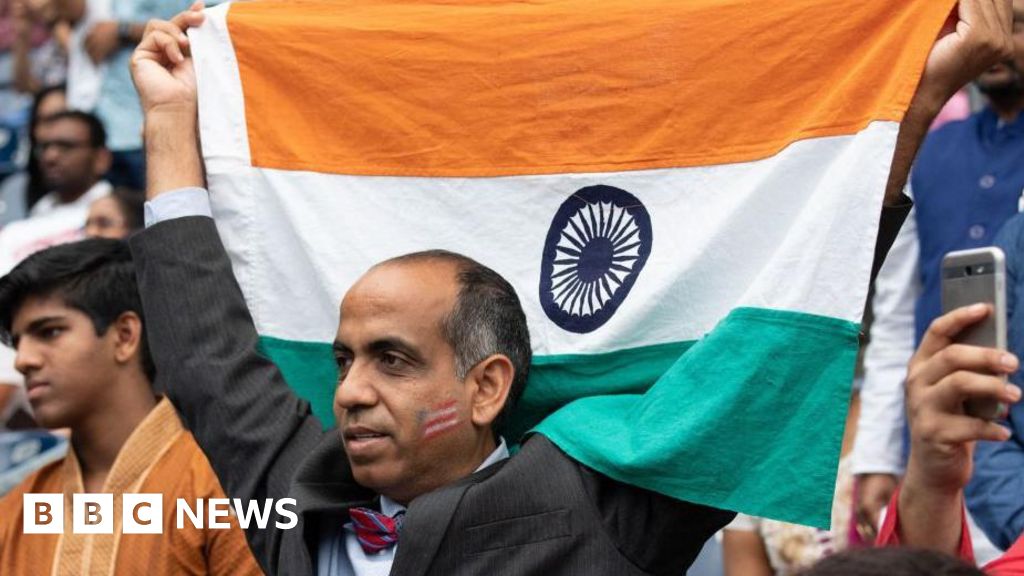
US President Donald Trump’s decision to increase H-1B visa fees to $100,000 has prompted Indian policymakers to intensify efforts to bring back skilled professionals from the United States. A senior bureaucrat working closely with Prime Minister Narendra Modi revealed that the government is actively encouraging overseas Indians to return and contribute to nation-building. Meanwhile, a member of the PM’s economic advisory council noted that the fee hike could benefit India by attracting global talent back home.
The drive to reverse the brain drain aims to lure back some of the world’s most talented professionals in technology, medicine, and other innovative industries who left India over the past three decades. However, experts caution that convincing hundreds of thousands of Indians to leave the US for India will be challenging.
Challenges in Reversing Brain Drain
Nithin Hassan, an Indian who lived in the US for 20 years, recently returned to Bengaluru, often referred to as India’s Silicon Valley. He left a lucrative position at Meta to venture into the uncertain world of start-ups. “I’ve always wanted to start something of my own, but my immigration status in the US limited that freedom,” Hassan explained.
Since his return, Hassan has launched two start-ups, including B2I (Back to India), a platform assisting Indians in the US with the emotional, financial, and professional challenges of returning home. He reported a significant increase in inquiries from individuals considering relocation due to recent US immigration policy shifts.
“Many professionals now accept that a green card may never come, and queries to B2I have surged—nearly tripling since Trump’s second term began. In just the last six months, more than 200 NRIs [non-resident Indians] have reached out to explore return options,” said Hassan.
Shifting Sentiments Among Indian Professionals
Other recruitment experts corroborate this change in sentiment. Shivani Desai, CEO of BDO Executive Search, noted a 30% rise in Indian students from Ivy League universities expressing interest in returning to India after their studies. She added that the uncertainty is prompting senior Indian executives to reconsider their long-term careers in the US.
“While many are still anchored there, we see a noticeable uptick in CXO and senior tech leaders exploring India as a serious option,” Desai remarked. The growing presence of Global Capability Centres (GCCs) in India, which serve as remote offices for multinational companies, offers viable work opportunities for returning Indians.
According to Franklin Templeton, these offshore operations are “increasingly attractive to talent, especially as onsite opportunities decline.”
Government’s Role in Facilitating Return
Despite these developments, experts argue that a concerted effort by the Indian government is essential to drive reverse migration at scale. Sanjaya Baru, former media adviser to Prime Minister Manmohan Singh, emphasized the need for proactive government involvement in identifying and attracting top talent back to India.
“The government will have to go out and actually identify individuals—including top-of-the-line scientists, professionals, and entrepreneurs—it wants back. That requires effort, and it needs to come straight from the top,” Baru stated. He cited historical parallels, noting how India’s first Prime Minister, Jawaharlal Nehru, successfully brought back top minds in areas like space and nuclear technology to build premier institutions.
Baru questioned the current incentives for returning, pointing out that both pull and push factors continue to drive highly qualified professionals out of India. While countries like Germany are offering golden visas and residency programs, India has yet to present compelling reasons for its diaspora to return.
Conclusion: A Complex Path Ahead
India’s ambition to reverse its brain drain faces significant hurdles. While the US’s tightening immigration policies may provide an opportunity, the Indian government must create a conducive environment that not only attracts but also retains returning professionals. As global competition for talent intensifies, India’s strategy will need to be both comprehensive and compelling to succeed.






